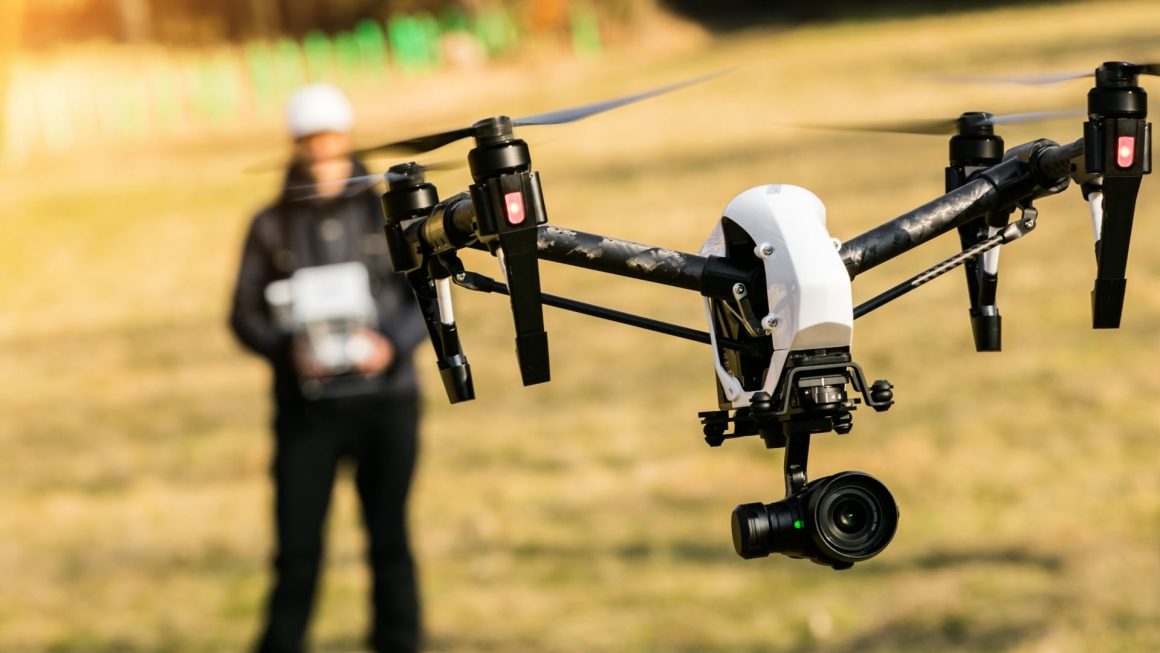Once primarily the domain of hobbyists, drones have been increasingly playing a great part in inspection, logistics, environmental monitoring, and even public safety. But their potential is closely tied to advances in mobile network capabilities.
TelcoForge spoke with Jiin Joo Ong, Co-Founder and CTO of Garuda Robotics at MWC Shanghai 2025, to understand how 5G is shaping drone operations today, where it still falls short, and what the leap to 6G could bring.
Enabling Mission-Critical Drone Operations with 5G
Traditional drones typically rely on short-range ISM bands (particularly the 2.4 GHz and 5.8 GHz bands), restricting them to operations within visual line of sight. For applications like infrastructure inspection, surveillance, or public safety, that’s not enough.
“Many of our use cases, such as inspection or surveillance, require the footage to come from a very far place back to some central command centre or the cloud for AI processing,” Ong explained. “In the past, because cellular connectivity wasn’t good, it was just pictures. 5G enables proper video streaming in the sky and AI processing in the clouds for business decisions.”
According to him, this capability has proven vital for time-sensitive scenarios such as security or emergency response, where situational awareness can mean the difference between success and failure.
While 4G struggled to deliver reliable, low-latency streaming, 5G has delivered on that promise—provided coverage and spectrum allocation are adequate.
The Promise of 6G: Ultra-Low Latency
While Ong notes that the industry is focusing on today’s technology, he acknowledges that 6G’s promised low latency can bring about a new era for drones.
The executive explained that 5G enhanced mobile broadband (eMBB) connections deliver around 10–20 milliseconds of delay, which is fine for waypoint-based control, but too slow for real-time “stick” piloting.
“Today, I can control a drone sitting here in China, and the drone is flying in Singapore by clicking on locations on a map. If I were to fly with the sticks, the command would take too long to reach it, and the video encoding would take too long to reach my eyes. It’s why you don’t drive your car in your bedroom.”
“Ultra-low latency—1 millisecond or less—is the kind of quality you need to remotely control a drone,” he added.
6G could also unlock haptic feedback for pilots, enhancing control in remote operations, and push edge computing closer to the point of action, reducing the reliance on distant cloud servers. This is particularly critical for AI-powered analysis and decision-making in the field.
Another anticipated advancement is V2X-style communication for drones. In a 6G environment, drones could autonomously coordinate flight paths, relay messages, and avoid collisions—enabling large-scale, collaborative aerial operations.
Use Cases Becoming Viable with High-Performance Networks
While some drone applications—such as aerial photography—have been viable for years, others rely on reliable, high-bandwidth, low-latency networks.
Smart Cities
Drones are increasingly being integrated into urban infrastructure, acting as mobile CCTV units in China, for example. Stationed on lampposts or power grid towers, they can be deployed instantly for traffic monitoring, incident verification, or public safety.
Aerial Logistics
According to Ong, companies have shown that it is possible to come up with innovative use cases with flexible regulations. One example is Zipline, which delivers blood supplies across Rwanda. However, in tightly regulated markets like Singapore, aerial delivery remains constrained by safety requirements and airspace regulations. Here, in his opinion, technology isn’t the bottleneck—policy is.
Real-Time Inspections
This is where Garuda Robotics sees the greatest near-term value. In Singapore, drones are used to inspect building facades for cracks, rust, and other hazards. 5G allows pilots on-site to stream video directly to remote subject-matter experts—often highly experienced but less mobile specialists—who can make assessments in real time. This reduces cost, speeds up decision-making, and allows scarce expertise to be applied more widely.
Beyond the city, similar models could serve agriculture (livestock counting, detecting animal health issues), environmental conservation (forest biodiversity mapping), and even disaster response.
The Role of Telcos: More Than Connectivity
When asked what makes an ideal telco partner, Ong is clear: it’s not just about providing airtime.
“The sooner telcos invest in the right infrastructure, the sooner we [in the drone industry] can reap the benefits from it, and the sooner telcos can make money out of the infrastructure,” he observed.
Ong believes telcos should be active collaborators, bringing customers together, enabling trials, and focusing on the stories rather than just selling the connectivity.
Looking Ahead: Integrating Air, Land, and Sea Robotics
For the executive, the future isn’t just about better drones—it’s about integrating them into a broader ecosystem of ground robots, maritime robots, and IoT systems. “I always say my products are flying phones,” he said.
And just as phones are central in today’s world, Ong believes drones can play a similar role in people’s lives. That depends, in part, on greater collaboration with policymakers.
“I would like to be more involved in that perspective, the network technologies that we need to support us,” the executive claimed. “We’re a major use case, and we need priority.”



